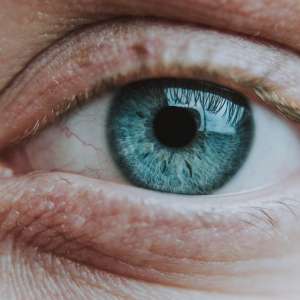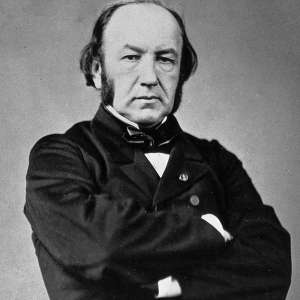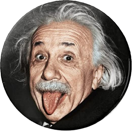
In 1875, the English scientist Francis Galton published an article entitled ‘The History of Twins’. Now little remembered, it nonetheless has considerable historical significance. This 137-year-old paper, reproduced in this volume, represents the first detailed attempt to use the phenomenon of twinning to estimate the relative powers of nature and nurture. Fittingly for a study of twins, Galton wrote a pair of very similar papers on the phenomenon in the same year. This one was printed in a general and literary journal called Fraser’s Magazine. There was nothing unusual about cutting-edge science appearing in a popular periodical: science was only gradually emerging as a profession in its own right and Galton already enjoyed a wide reputation as an African explorer. In the mid-1870s, however, he was also a rising man of English science.
Galton had an excellent scientific pedigree as the grandson of the poet and evolutionist Erasmus Darwin and the half-cousin of Charles Darwin. Even so, he had taken some time to find his vocation as a scientist. After a severe mental breakdown while a student at Cambridge University, in 1849 Galton turned to a phrenologist to discover where his talents might lie. His cranial topography suggested a flair for adventure.










































